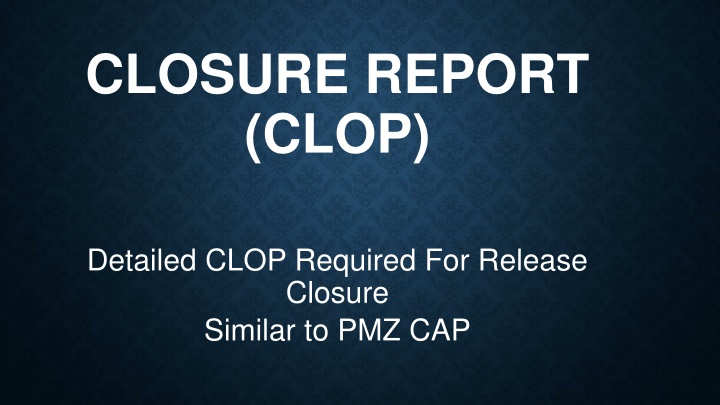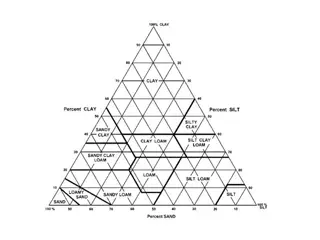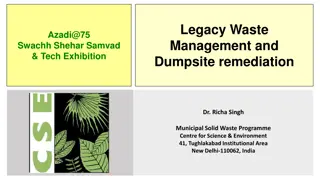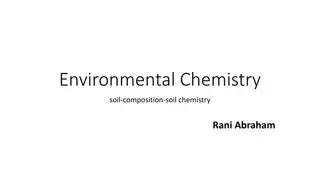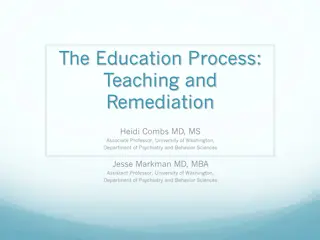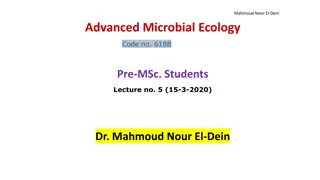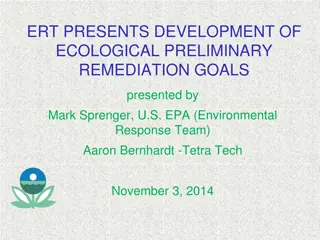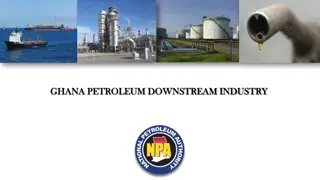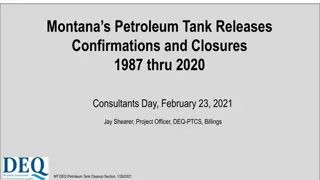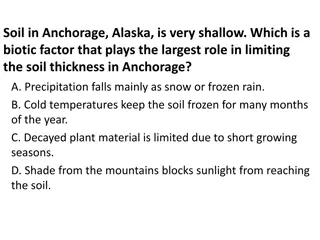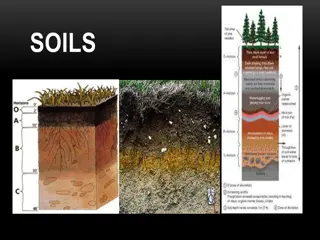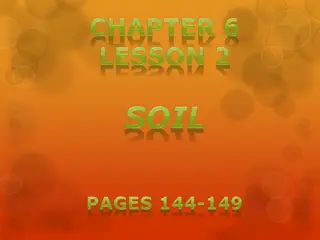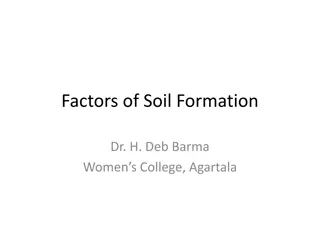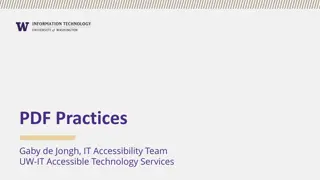Petroleum Release Closure Categorization and Soil Remediation Guidance
Following detailed reports and technical guidance on closure processes related to petroleum releases, this collection covers common issues encountered, suggestions for consultant reports, and a conclusion emphasizing the importance of thorough data analysis. The information provided includes checklists, conversion of data, site history considerations, and more to ensure effective closure and compliance with regulations.
Download Presentation

Please find below an Image/Link to download the presentation.
The content on the website is provided AS IS for your information and personal use only. It may not be sold, licensed, or shared on other websites without obtaining consent from the author.If you encounter any issues during the download, it is possible that the publisher has removed the file from their server.
You are allowed to download the files provided on this website for personal or commercial use, subject to the condition that they are used lawfully. All files are the property of their respective owners.
The content on the website is provided AS IS for your information and personal use only. It may not be sold, licensed, or shared on other websites without obtaining consent from the author.
E N D
Presentation Transcript
CLOSURE REPORT (CLOP) Detailed CLOP Required For Release Closure Similar to PMZ CAP
RELEASE CLOSURE REFERENCE DOCUMENTS Technical Guidance 9: Petroleum Release Closure Categorization Appendix A Petroleum Closure Checklist RBCA Guidance Soil, Groundwater, and Indoor Air RBSLs Conversion of TPH/TEH (GRO/DRO) data to Petroleum Fractions (Section 3)
COMMON ISSUES Confirmation Groundwater Sampling Loss of Source Area Wells Lack of DCA/EDB Groundwater Analytical Data Lack of Adequate Confirmation Soil Sample Data Potential VI Assessment No Assessment of Landfarm Soil Exceedances of Soil Direct Contact RBSLs!
SUGGESTIONS FOR CONSULTANT REPORTS TO IMPROVE CLOSURE PROCESS Cumulative Soil Data Tables Indicate Well/Boring Locations Relative to Source Area Convert GRO/DRO Data to VPH/EPH Fractions Compare Sample Data to Direct Contact Excavation RBSLs Complete and Detailed Site History Site Map with all Historical Features Scale Bar for all Maps Appendix with all Site Well/Soil Boring Logs
CONCLUSION Complete Closure Checklist (Appendix A) in Technical Guidance 9 Before Requesting Closure Check All Historical Soil Data And Compare Soil Sample Analytical Data to Table 4 Master for All Potential Tier I RBSLs for Soil (Especially Direct Contact Construction 2-10 feet) Calculate Site-Specific Tier II Direct Contact Excavation RBSLs as necessary
